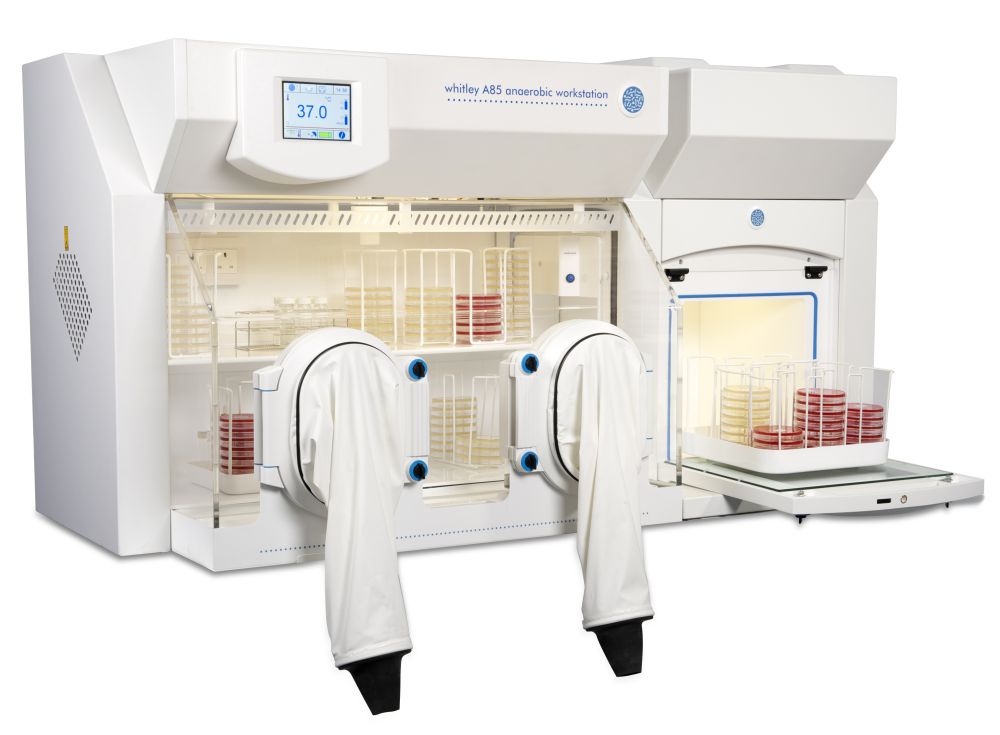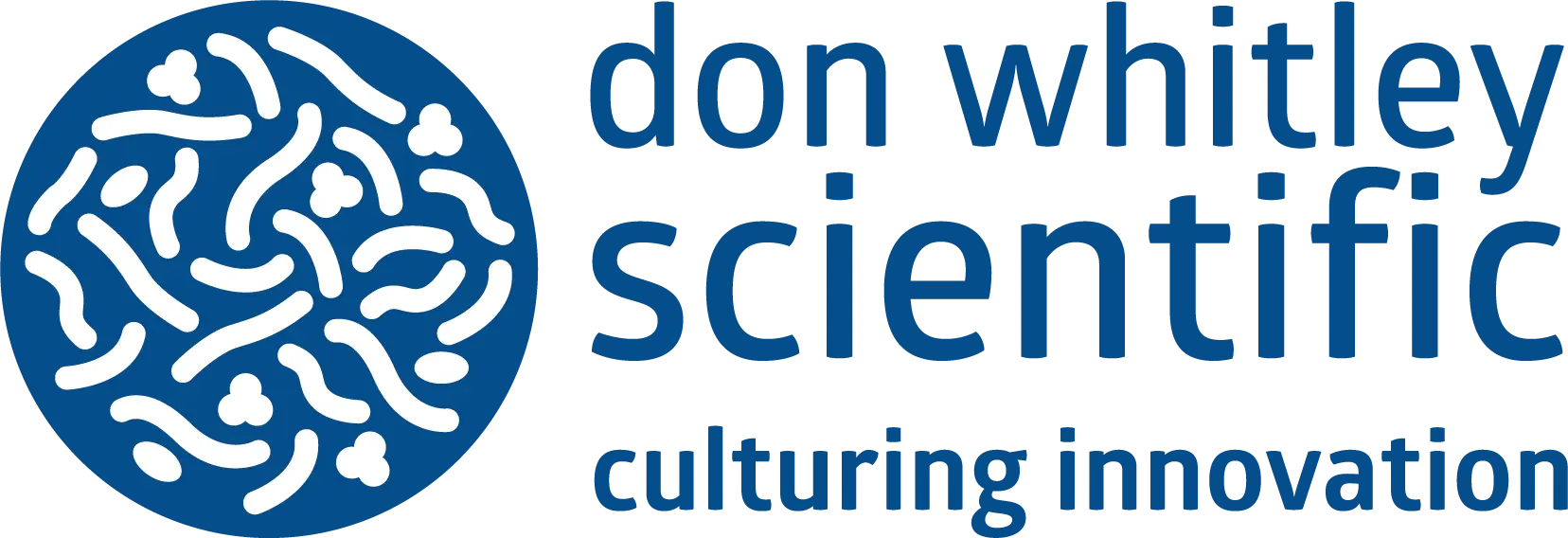
Digestive diseases continue to be a global burden for many, despite the increase in preventative knowledge and treatment options. However, the latter does seem to have had an impact in reducing the prevalence of digestive diseases globally, as from 1990 to 2019, there was over a 30% decrease in death and years of life lost due to digestive diseases [1]. There are various factors influencing the prevalence; for example, rates are higher in males and those aged between 50 to 59 years old [1]. Among the many types of digestive diseases are irritable bowel disease (IBD), Crohn’s disease, and celiac disease. Faults with tight junctions in the epithelial barrier of the intestine are a cause of IBD and celiac disease, making these a target to maintain or repair intestinal barrier integrity, and treat these diseases [2].
Probiotics are a promising strategy for enhancing the intestinal barrier function, with bacteria such as Lactobacillus sp. proving successful in their impact on tight junctions [2]. Zhang et al. investigated the benefits of 2 probiotic strains in an intestinal epithelium model, one being Lactiplantibacillus plantarum ST-III and the other Lacticaseibacillus rhamnosus KF7 [2].
 Both strains were grown at 37oC in a Whitley A85 Workstation at an atmosphere of 10% CO2, 10% H2 in N2 [2]. A dual-environment co-culture system was prepared in a modified anaerobic workstation so that the chosen intestinal model, Caco-2, could be exposed to an anaerobic environment on the apical side whilst allowing oxygen to diffuse from the chamber well, which ensured survival [2]. They found that both strains were able to increase transepithelial electrical resistance, which is a measure of intestinal barrier integrity [2]. They also observed up regulation of transmembrane and cytosolic tight junction proteins, and tight junction signalling proteins [2]. Changes were gene-expression dependent, for example L. plantarum ST-III caused a higher number of different genes to be expressed, however, this study did not elaborate on how this gene expression causes enhanced barrier function, so this is a future avenue for research [2]. Nevertheless, these results give promise to the use of L. plantarum ST-III and L. rhamnosus KF7 in ultimately improving the intestinal barrier and potentially treating digestive diseases [2].
Both strains were grown at 37oC in a Whitley A85 Workstation at an atmosphere of 10% CO2, 10% H2 in N2 [2]. A dual-environment co-culture system was prepared in a modified anaerobic workstation so that the chosen intestinal model, Caco-2, could be exposed to an anaerobic environment on the apical side whilst allowing oxygen to diffuse from the chamber well, which ensured survival [2]. They found that both strains were able to increase transepithelial electrical resistance, which is a measure of intestinal barrier integrity [2]. They also observed up regulation of transmembrane and cytosolic tight junction proteins, and tight junction signalling proteins [2]. Changes were gene-expression dependent, for example L. plantarum ST-III caused a higher number of different genes to be expressed, however, this study did not elaborate on how this gene expression causes enhanced barrier function, so this is a future avenue for research [2]. Nevertheless, these results give promise to the use of L. plantarum ST-III and L. rhamnosus KF7 in ultimately improving the intestinal barrier and potentially treating digestive diseases [2].
Despite rates of digestive diseases decreasing, it is still as important as ever to continue researching potential treatments as well as preventative measures that can be implemented. With continuing research into probiotics, there is hope that one day these diseases can be eradicated, but in the meantime, it is aimed at improving quality of life for those currently suffering.
Written by DWS Microbiologist Kirsty McTear
References
- Wang R, Li Z, Liu S, Zhang D. Global, regional, and national burden of 10 digestive diseases in 204 countries and territories from 1990 to 2019. Frontiers. 2023 Mar 28;11.
- Zhang Y, Anderson RC, You C, Ajitpal Purba, Yan M, Maclean P, et al. Lactiplantibacillus plantarum ST-III and Lacticaseibacillus rhamnosus KF7 Enhance the Intestinal Epithelial Barrier in a Dual-Environment In Vitro Co-Culture Model. Microorganisms. 2024 Apr 26;12(5):873–3.


 au
au


 English
English